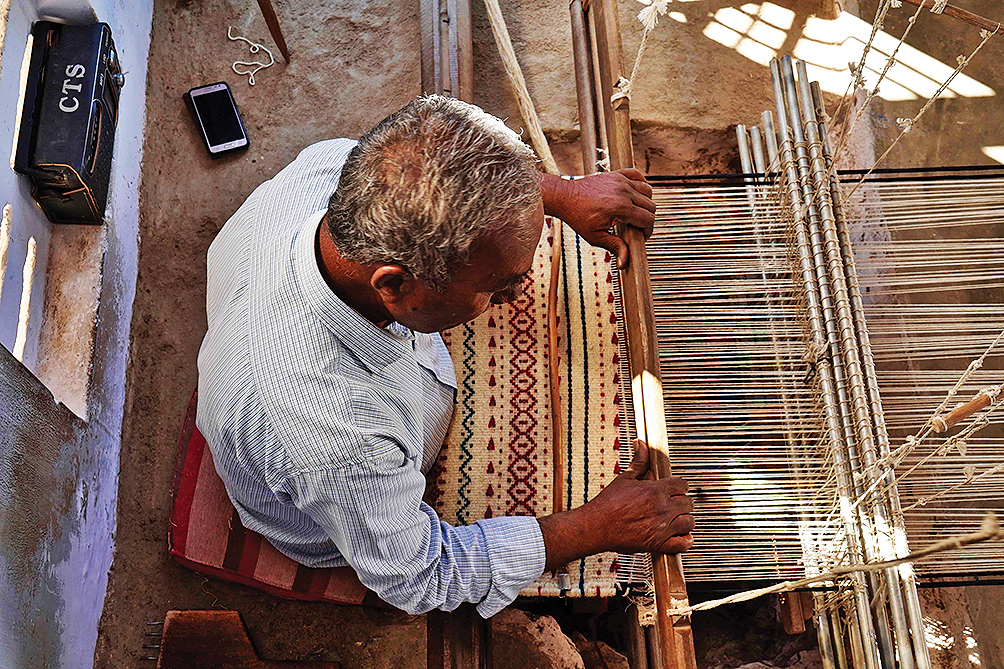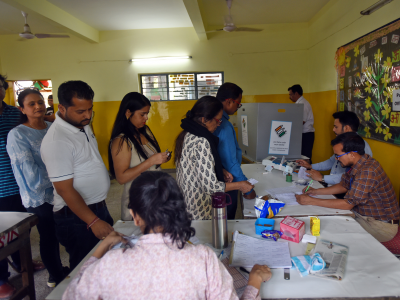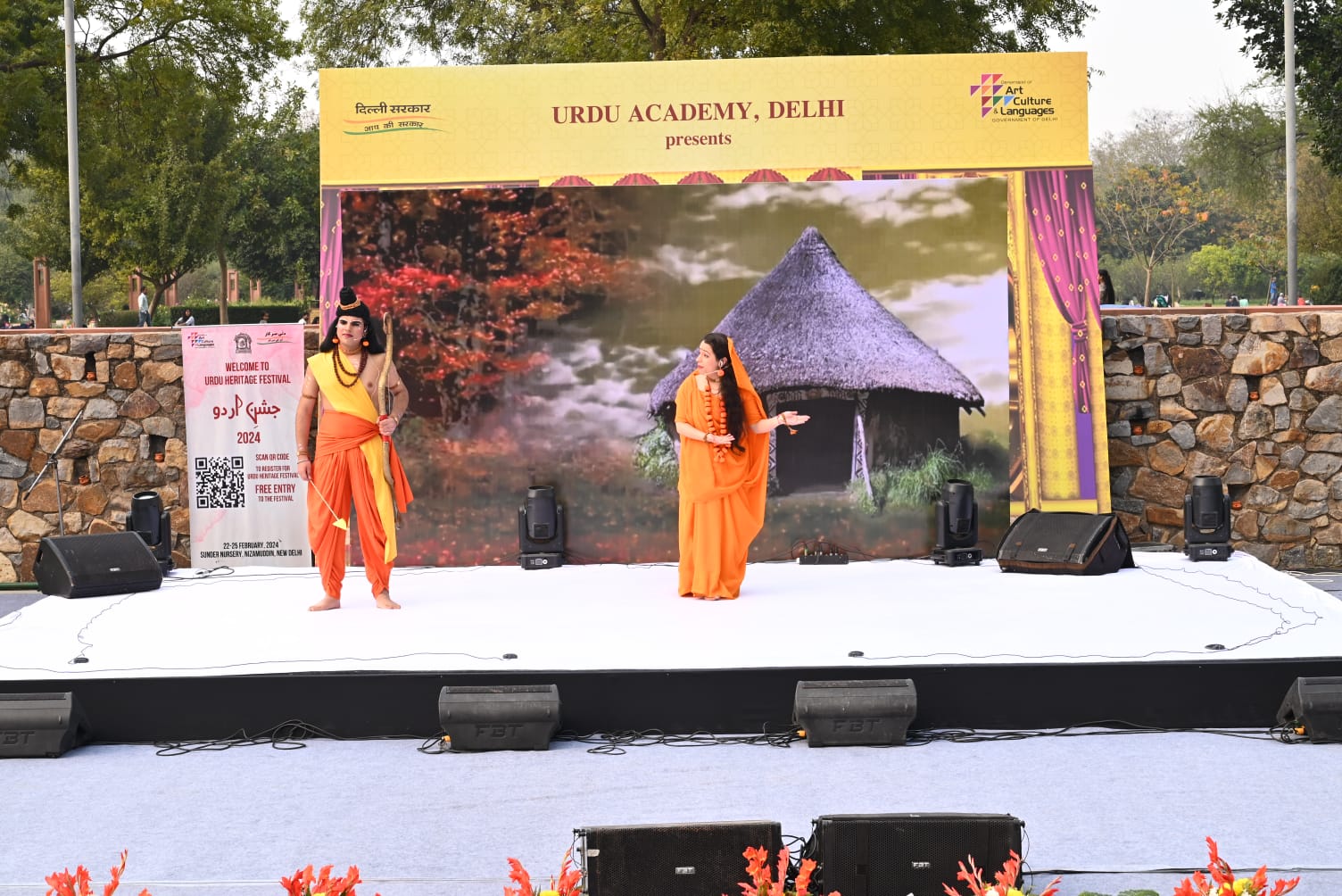Desi Oon – a four-day exhibition – celebrates the crafts, heritage and cultural ecology of Gujarat’s Kutch
IN THE biting cold of the Capital, an ongoing exhibition in the city is celebrating the indigenous wool of Kutch.
Titled ‘Desi Oon’ this four-day exhibition is organised by Khamir – a platform for preserving and facilitating the crafts, heritage, and cultural ecology of the Kachchh region of Gujarat. It was instituted in the aftermath of the 2001 earthquake with the objective of engagement and development of Kutch’s rich creative industries.
The exhibition promises to take the viewers on an extraordinarily intriguing journey of sheep pastoralism, and seeks to familiarise them with the local craft of spinning, weaving and dyeing wool.
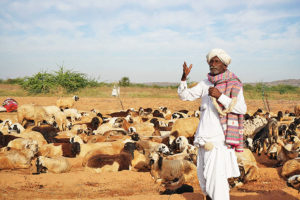
Khamir has collaborated with weavers, spinners, dyers, felters and designers to organise this show, a first step in a series of events planned by Khamir to put spotlight on the utility of indigenous wool to urban consumer markets.
“All exhibited products undergo value addition and wool treatment facilitated by Khamir. Khamir is hopeful that the story of wool and sensitively designed woollen products will help sway consumer preferences in favour of indigenous woollen items in their households and closet,” says Paresh Mangaliya, Deputy Director Khamir.
The wool for Desi Oon has been developed from indigenous Kutchi sheep yarn, and has been painstakingly procured from eight herders.
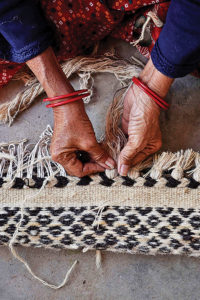
“The integrity of craft value chains is dependent on local availability of raw materials. Sheep herding systems are of special importance for wool craft. Such systems are also special because of their low carbon footprints. They are invaluable in arid regions such as Kutch. They are also a source of food, raw materials for crafters, and fertilizers for farmers and continue to conserve complex ecosystems,” explains a note on the show.
Providing an immersive experience, the exhibition features visual narratives in film, images, and exquisitely crafted textiles narrating the story of the indigenous wool of Kutch. Daily craft workshops are conducted on Desi Retiya (charkha) and there will be a Takli/Dhera (Spindle) spinning demo as well. These will be complemented by demonstrations of Tangaliya weaving and Tabariya bag-craft.
One can also learn about the intricacies of wool craft and herding from some of Kutch’s most respected artisans and herders present here.
So drop in to witness the works of local artisan weavers and felters alongside Khamir-initiated designer collections. Designers Archana Shah of Bandhej, and Amit and Richard of Amrich Designs will also be presenting their collections.
The exhibition is on display at Bikaner House till January 13

